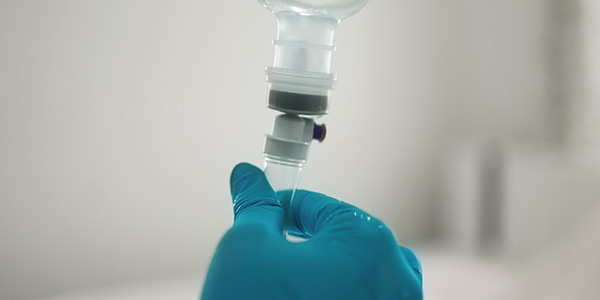By and large, prescription medications are affordable and accessible to most Americans. As we reported earlier this year, employers and health plans continue to cover 85% of the cost of a medication, with the insured person paying, on average, $12.36 for a 30-day supply of prescription medication.
But as we know, that is not the whole story. Many patients with serious chronic illness, particularly those who are underinsured or uninsured, struggle with medication affordability, and it’s a problem we need to solve as an industry and a nation.
Over the years, the conversation about the causes of rising drug costs has swirled around the use of rebates, and in the ongoing debate, we have lost sight of the actual problem: people are unable to pay for high-cost medications.
Let’s Reset
When we put the focus of the debate back on the problem at hand, we quickly find that rebates are not the source of the issue.
First, rebates only apply to a small subset of all prescription medications dispensed. The overwhelming majority of medications dispensed in the U.S. each year – nearly 90% – are generic drugs. Generic medications are not rebated because of their already low price.
Of the 10% of medications dispensed that are brand-name, not all have a rebate. The amount that is rebated will vary quite a bit across plans and across different formularies, but it remains that rebates only apply to a fraction of that 10% of drugs dispensed each year.
So, if rebates are not the issue, what is driving high out-of-pocket costs in patients?
Simply put: the cost of the drug itself.
Even though the rate of drug price increases has slowed, prices for commonly used brand-name medications increased 36% over the last five years. For comparison, prices for common household goods increased only 10% in that same time.
The most challenging medication affordability examples are seen in expensive therapy classes, such as oncology, rare conditions and even Alzheimer’s.
The average list prices of drugs in certain classes are just astronomical. For example, these are the average annual costs per person based on average wholesale price (AWP):
- Inflammatory conditions: $93,624
- Multiple sclerosis: $128,508
- Rare conditions: $155,568
- Immune deficiency: $173,376
- Oncology: $197,688
Many of the medications in these most expensive classes, like oncology, rare conditions and immune deficiency, have practically no rebates at all. For these expensive medications and many others like them, the list price and the net price are exactly the same.
Improving Medication Affordability
The most effective way to lower the cost of medications is to encourage competition. When we have competing drugs on the market, including more biosimilars and generics, prices go down.
We also need to limit the patent abuses that we see where manufacturers use the legal system and other means to delay or prevent competing products from coming to market.
Plan sponsors can continue relying on value-based care to improve affordability, access and outcomes, and utilizing formularies that prefer drugs with a lower net cost. Plans can also implement benefit design options that can limit a person’s out-of-pocket exposure for high-cost therapies, like our Patient Assurance Program.
Solutions to make prescription medications simple, predictable and affordable are an important step. Ultimately, if the total cost of a drug does not change, patients and plan sponsors will continue to pay a steep price.


